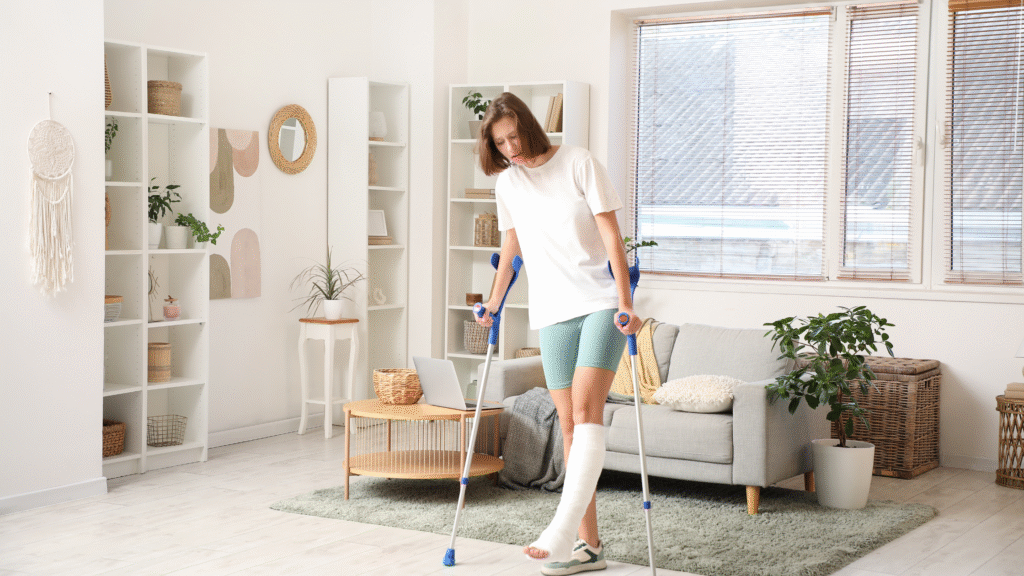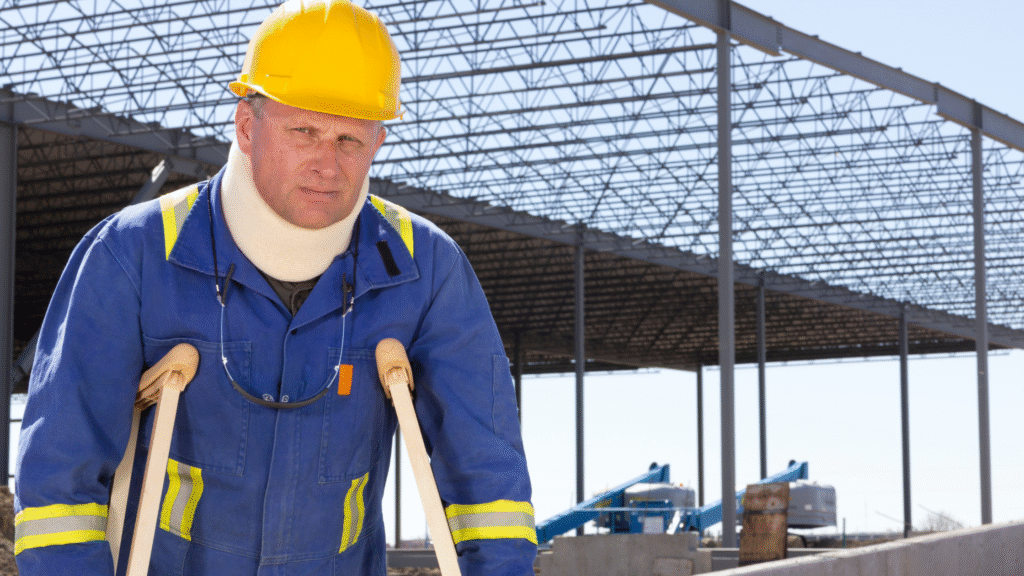
The holidays bring warmth, reflection, and family togetherness; but for case managers who coordinate adaptive housing projects for injured workers, they can also bring delays, vendor backlogs, and supply chain bottlenecks.
When contractors, equipment providers, or municipalities slow operations for the season, even well-planned home modification projects can slip off track. A few strategic steps taken early can help ensure your injured workers’ transitions remain smooth, safe, and on schedule.
- Confirm project timelines before the holiday rush
By early November, vendors begin setting vacation schedules and freezing new starts. Proactively confirm construction milestones, inspection appointments, and equipment delivery dates now.
Ask each partner to outline their holiday operating schedule, so you can spot potential bottlenecks; for example, municipal inspection offices that close for a week or subcontractors that pause between Christmas and New Year’s.
- Secure lead-time-sensitive items early
Specialty items such as wheelchair lifts, roll-in showers, stair glides, and accessible cabinetry often require custom ordering. Order ahead to avoid shipping delays or backorders that could push completion into January.
If possible, request a “ship-complete” status confirmation and build an extra week into your timeline for freight disruptions, which increase during peak parcel season.
- Coordinate vendors with a shared calendar
Create a single calendar or shared tracker so every stakeholder; contractor, therapist, equipment vendor, adjuster, and family, can visualize milestones. This transparency reduces scheduling overlaps and ensures that someone is always available to approve changes.
Many successful programs (like ATF Medical’s integrated housing & rehab model) use unified communication hubs to keep projects moving even when offices are short-staffed.
- Prioritize safety and temporary accommodations
If a home modification can’t be finished before the holidays, develop interim solutions: portable ramps, temporary railings, or loaner equipment. The goal is to maintain safety and function even if the final buildout is delayed.
Document contingency plans and communicate them clearly to all parties, especially the injured workers and their family.
- Set expectations early with injured workers and families
Families are eager to “be home for the holidays,” but holiday expectations can collide with construction realities. Be transparent about timelines, potential pauses, and weather risks.
Encourage them to focus on safety over speed and assure them that progress may resume promptly after the seasonal lull.
- Keep communication flowing
Out-of-office messages, vendor closures, and staff vacations can create response gaps. Provide backup contact lists, confirm alternate coordinators, and document every project’s status before mid-December. A five-minute pre-holiday check-in can prevent a five-week delay later.
The holidays shouldn’t stall progress for injured workers awaiting safe, accessible homes. With early planning, coordinated communication, and proactive vendor management, case managers can prevent seasonal slowdowns and deliver a smooth year-end transition.
Start early, communicate often, and build buffers. The result? Safer outcomes, fewer delays, and happier holidays for everyone involved.









